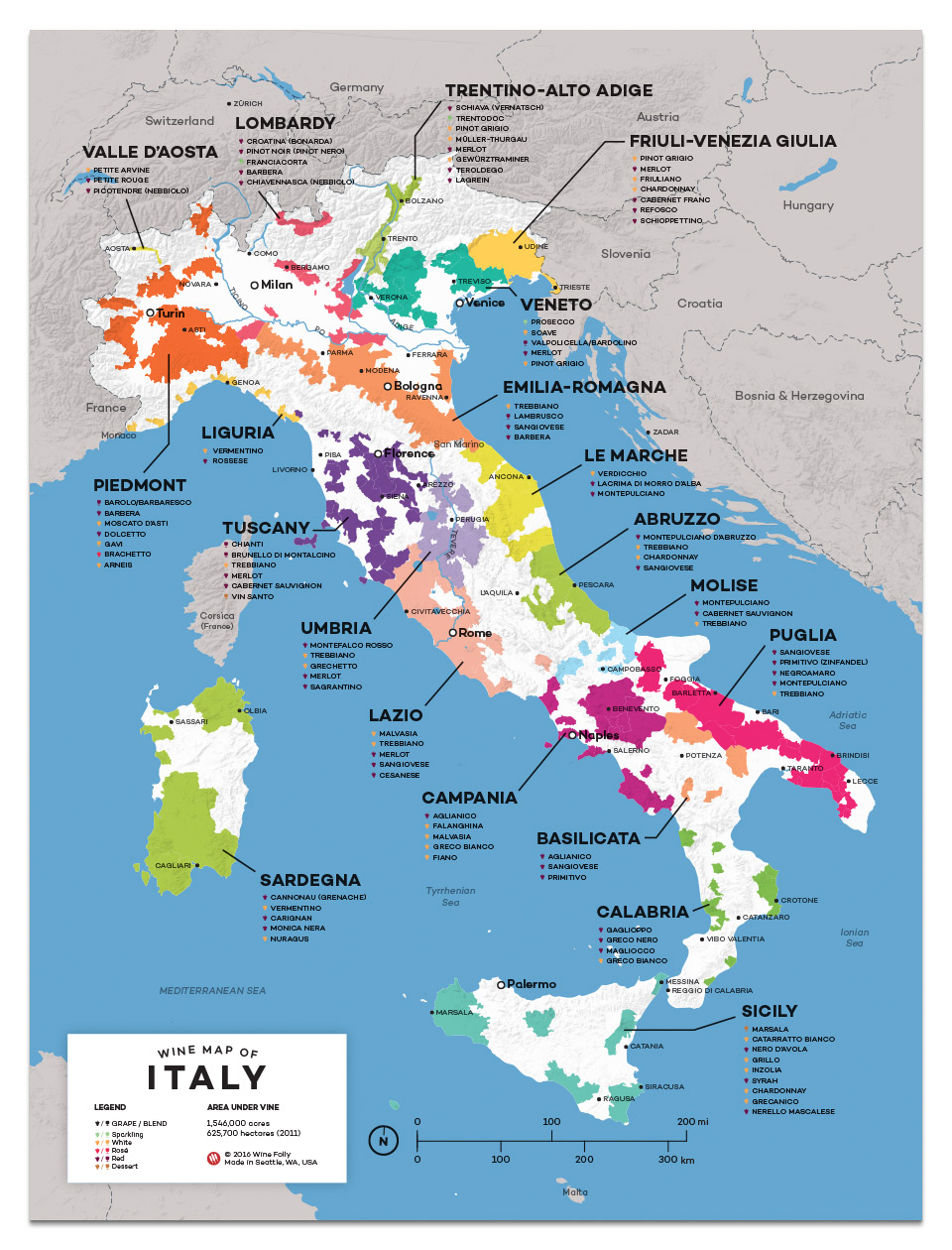About fifty years ago, give or take a few years, the American drinking public began to nurture a curiosity about wine. The exact date is not clear, but probably the late 1960s, early 1970s. Of course, Americans had been drinking wine before that time, but it was mostly local wine made from native grapes and inexpensive French and Italian wine that sold in large cities in the northeast and a few cosmopolitan places along the west coast. And there was a select interest in more upscale French wine, developed by returning American servicemen who had served in the European theater in World War II.
Curiosity about wine began to grow as folks discovered the writings of a small group of English wine writers (Andre Simon, Harry Waugh, Edmond Penning Rowsell, Wyndham Fletcher, Michael Broadbent, Pamela Vandyke Price) who had set the standards for the nature of wine writing in the English language. More contemporary influential writers, who are still actively writing about wine, include Hugh Johnson and Jancis Robinson.
By the 1960s, the British had developed a taste for French and German wines. However, Americans had yet to develop their taste for these wines and even less for Spanish and Italian wines. In those days, the French were more parochial, believing that if the wine in the glass wasn't French then it likely wasn't wine. Such a parochial attitude didn't help Americans learn more about French wine.
But then, along came a young English wine merchant who taught the French and the world of wine, a humbling lesson. In the early 1970s, Steven Spurrier decided to teach the Parisians about wine by opening a wine shop and wine school in Paris. Gutsy or arrogant, Spurrier went even further by pitting California wine against French wine in a 1976 tasting that would become known as the "Judgement of Paris." And he chose nine French wine professionals as judges. The results, much to the surprise and dismay of the judges, was that a California Chardonnay bested a white Burgundy and a California Cabernet Sauvignon won over a top Bordeaux chateau red.
Spurrier's surprise was a shot that reverberated through the nascent U.S. wine writing community, bringing new writers into the craft of wine writing. A joke then held that all you had to do to be a wine writer was convince an editor you were one. The uptick interest in wine also encouraged active wine writers, including myself, to get busy.
 I was in Colorado then writing a wine column for the Rocky
Mountain News and contributing wine articles to the Denver magazine.
Wine columns were a new thing in specialty writing. All major airlines
had a wine article in their in-flight magazine, city magazines weren't
complete without a wine column and every metropolitan newspaper with a food section had a wine column. Still, there was only a dozen or so active American wine writers.
I was in Colorado then writing a wine column for the Rocky
Mountain News and contributing wine articles to the Denver magazine.
Wine columns were a new thing in specialty writing. All major airlines
had a wine article in their in-flight magazine, city magazines weren't
complete without a wine column and every metropolitan newspaper with a food section had a wine column. Still, there was only a dozen or so active American wine writers.
Robert Misch was in New York along with Roy Andres DeGroot, a Belgian emigre who wrote a wine column then for Esquire magazine. Ruth Ellen Church, possibly America's first woman wine writer, was informing Chicagoans about wine through her column in the Chicago Tribune. Later, Church was joined by other woman wine writers like Barbara Ensrud, Eunice Fried, Mary Ewing-Mulligan in New York, Marguerite Thomas in Baltimore, Jane Moulton in Cleveland and Linda Murphy in California.
Early west coast wine writers included Hank Rubin at the San Francisco Chronicle and Robert Finigan with Walnuts and Wine, perhaps one of the first successful wine newsletters. Also Robert Lawrence Balzer had a popular wine column in the Los Angeles Times.
Interest in wine writing was spreading fast across the country. Wine columns caught on in Texas, with Dallas writers Rebecca Murphy (now Seattle) and Diane Teitelbaum and Michael Lonsford in Houston. Others included Dee Stone and Richard P. McKensie in Atlanta, Steve Taylor in New Orleans and Tom Stockley in Seattle. There was hardly a major U.S. city then without a wine writer or two.
 |
| Parks Redwine |
More writers got into the game including Robert Whitley, Rod Smith, Michael Franz, Paul Lukacs, Ed MCarthy, Larry Walker and Paul Gregutt. And this partial list doesn't include writers who cover the wine trade.
At the same time wine magazines began to flourish. In the early 1970s a group of English Masters of Wine founded Wine magazine, which eventually morphed in 1975 into Decanter magazine. In Chicago, Grand Cru published a few issues and then folded. The Wine Spectator began as a tabloid newspaper in La Jolla, California in the mid-1970s, then, after changing to a magazine format, became the most widely circulated wine magazine in the world. And in 1977, Quarterly Review of Wine (QRW) began publishing in Massachusetts and in 1986, Italy's Gambero Rosso was founded. In 1982, the Australian-owned Wine & Spirits Buying Guide began publishing in California, later changed to American ownership and became Wine & Spirits magazine. Wine Enthusiast, 1988, also began small but since has become a major U.S. wine magazine.
Today, in-flight wine columns have disappeared, the number of newspapers with wine writers has dropped way off and wine writing in general is going the way of pop wines. Like so many other things, wine writing in print is giving way to electronic media, like the wine blog you have just read.
Cheers!
Next Blog:What's Up with Viognier?
Comments? Suggestions? Email me at boydvino707@gmail.com





